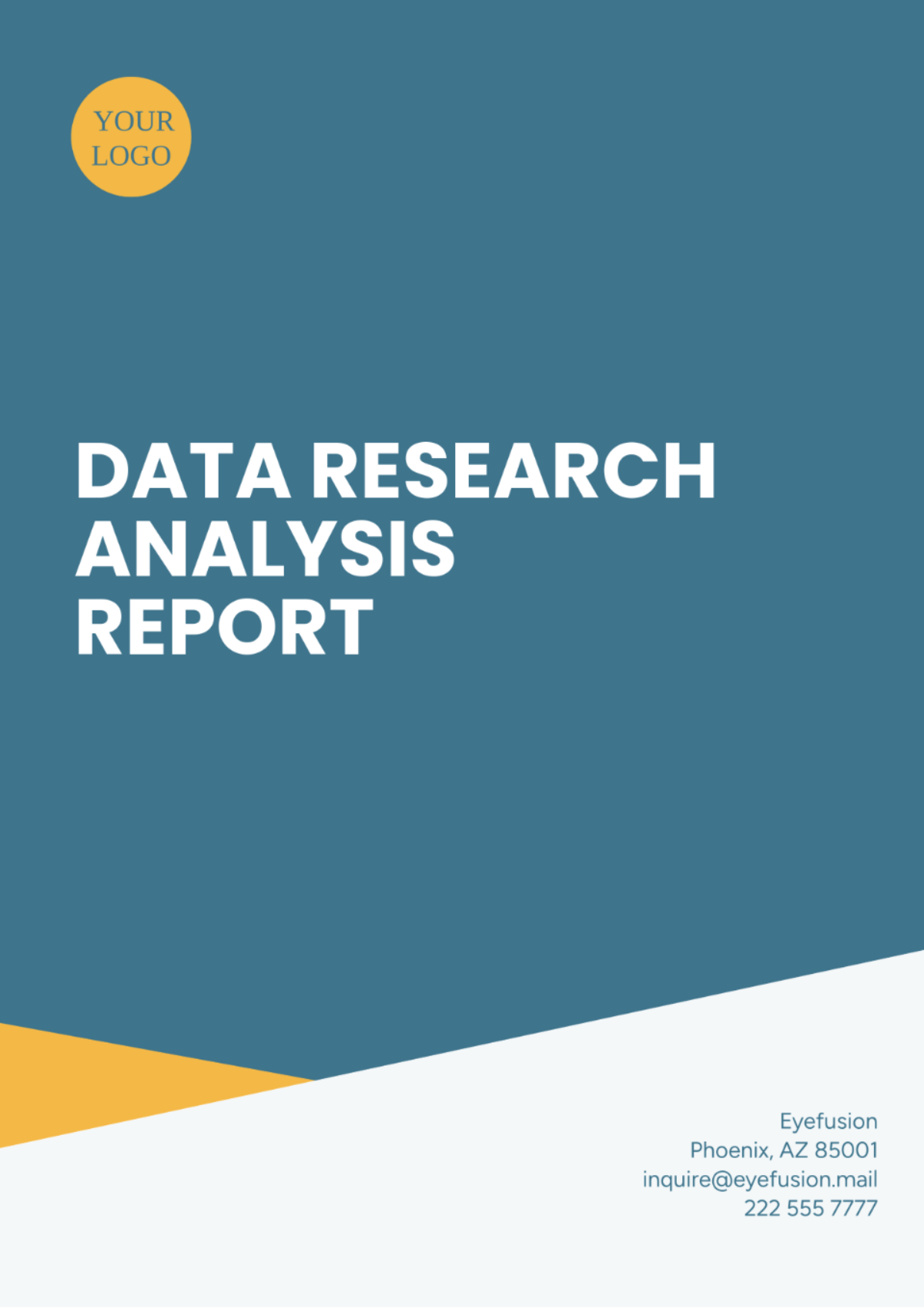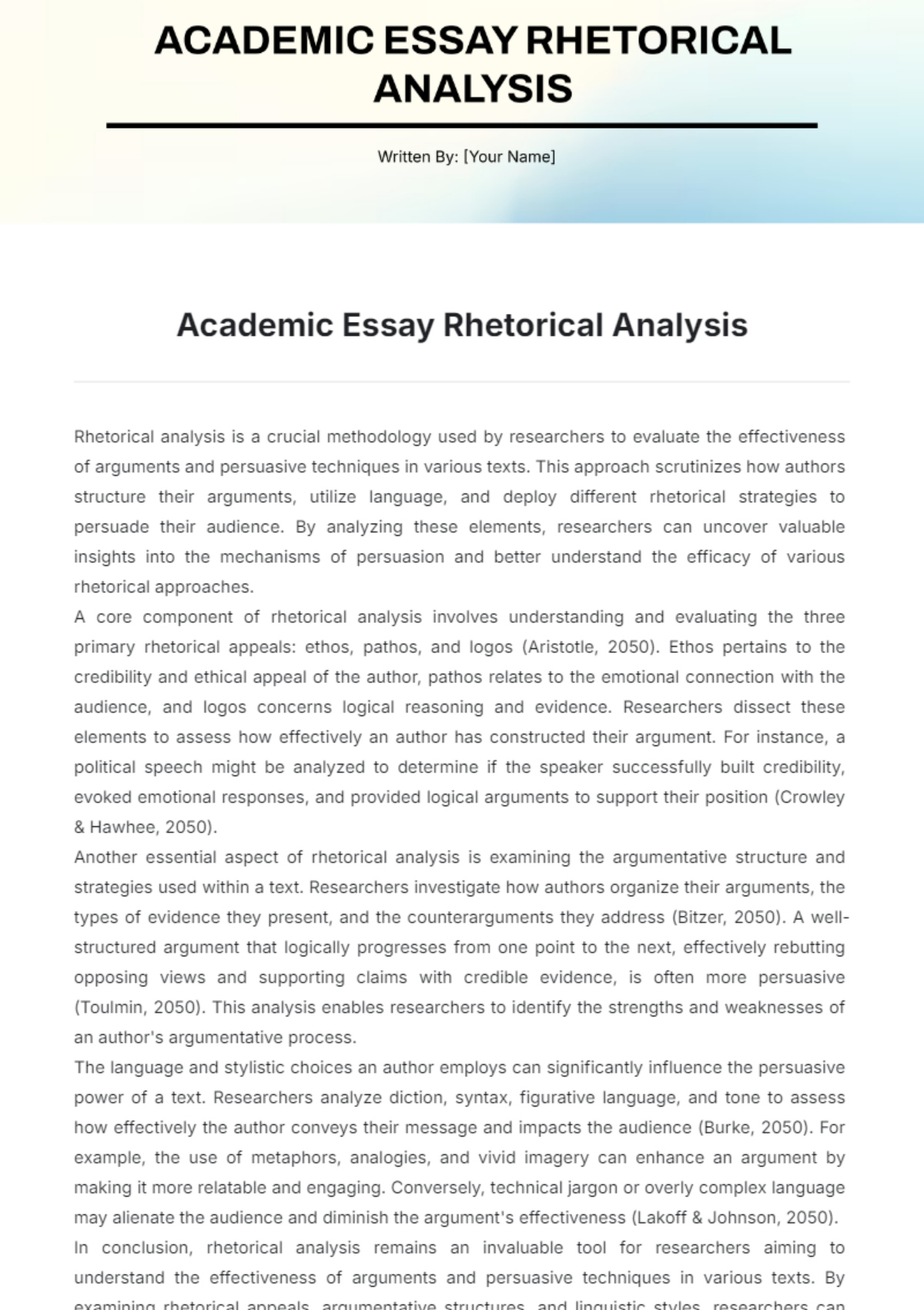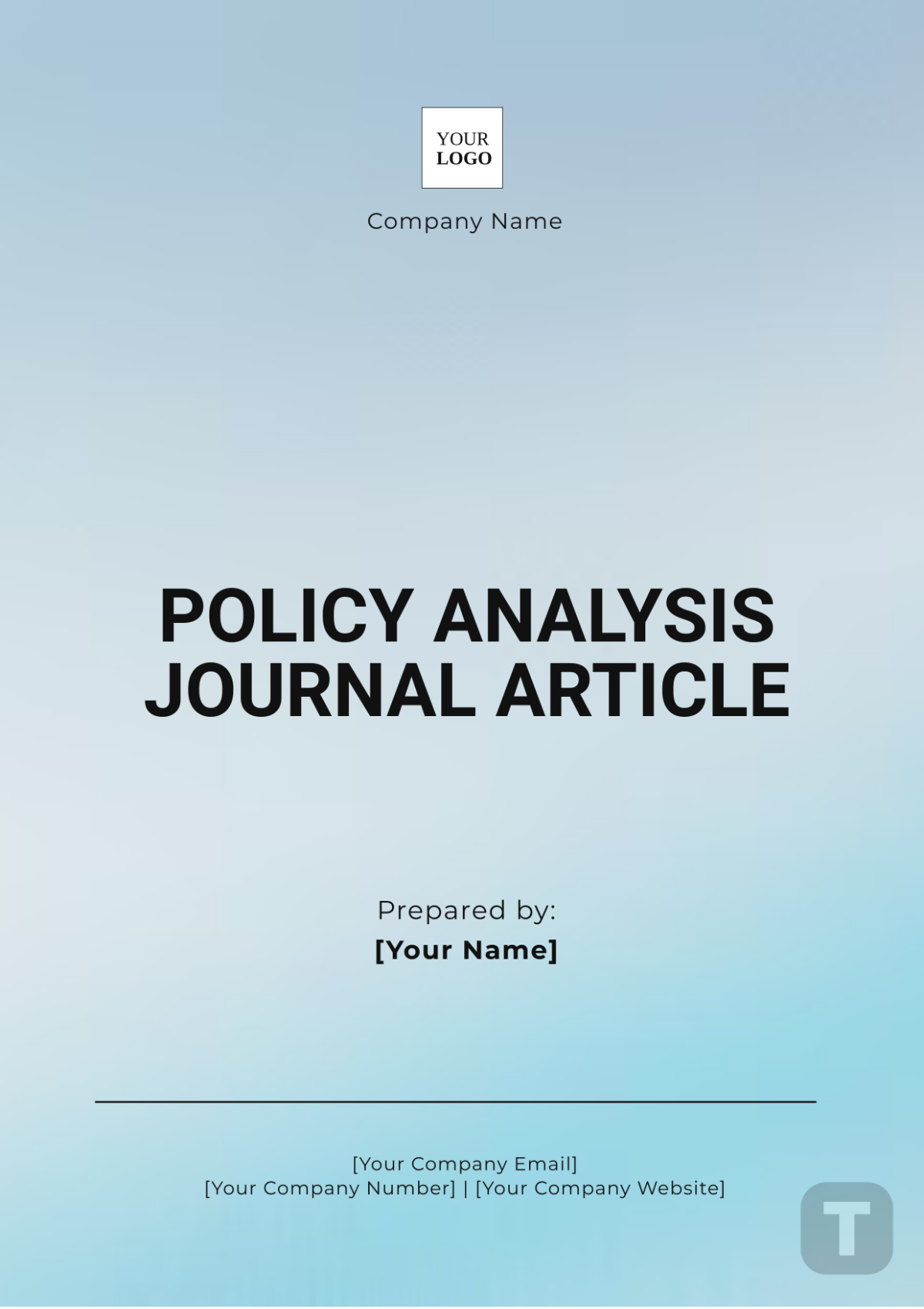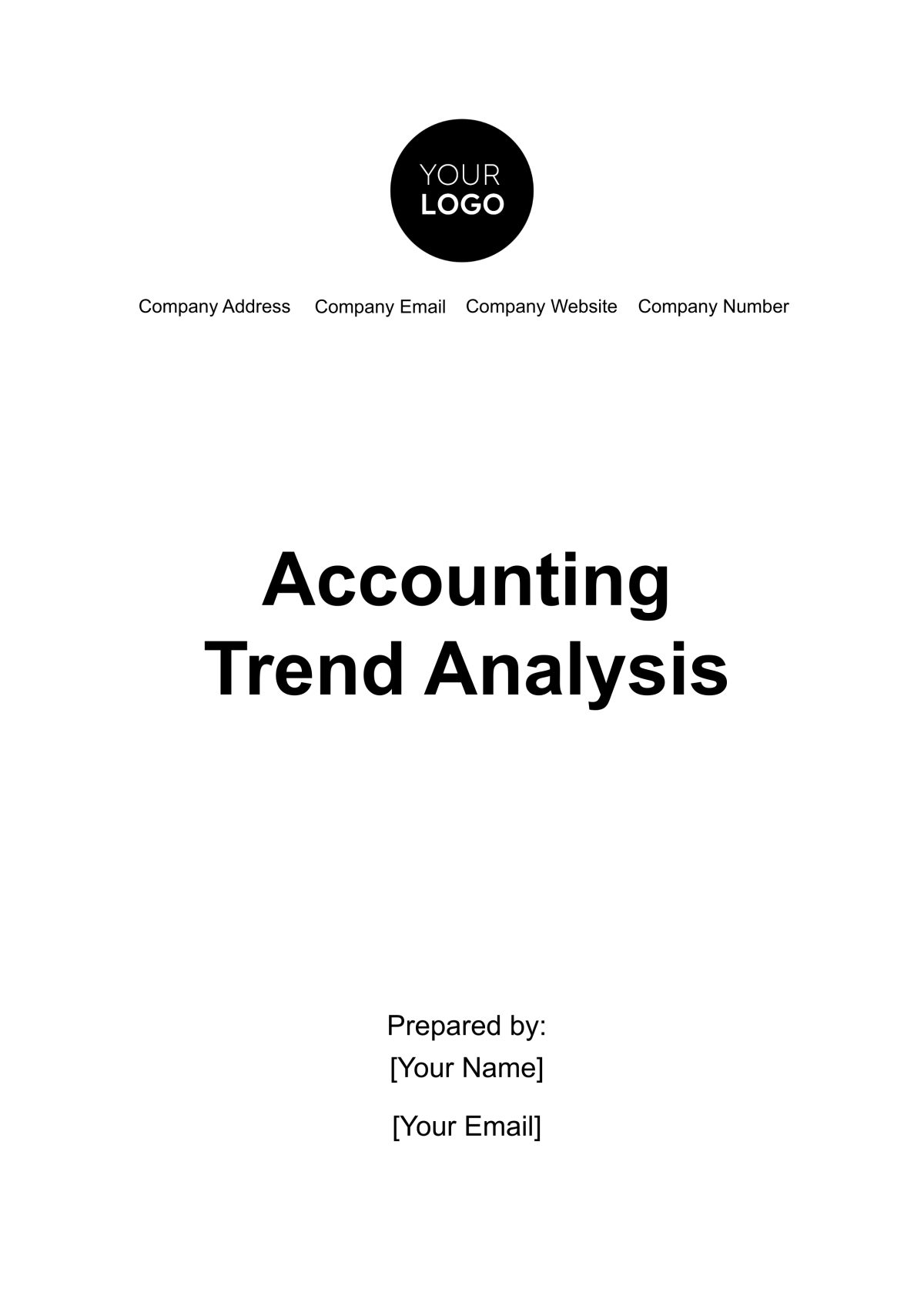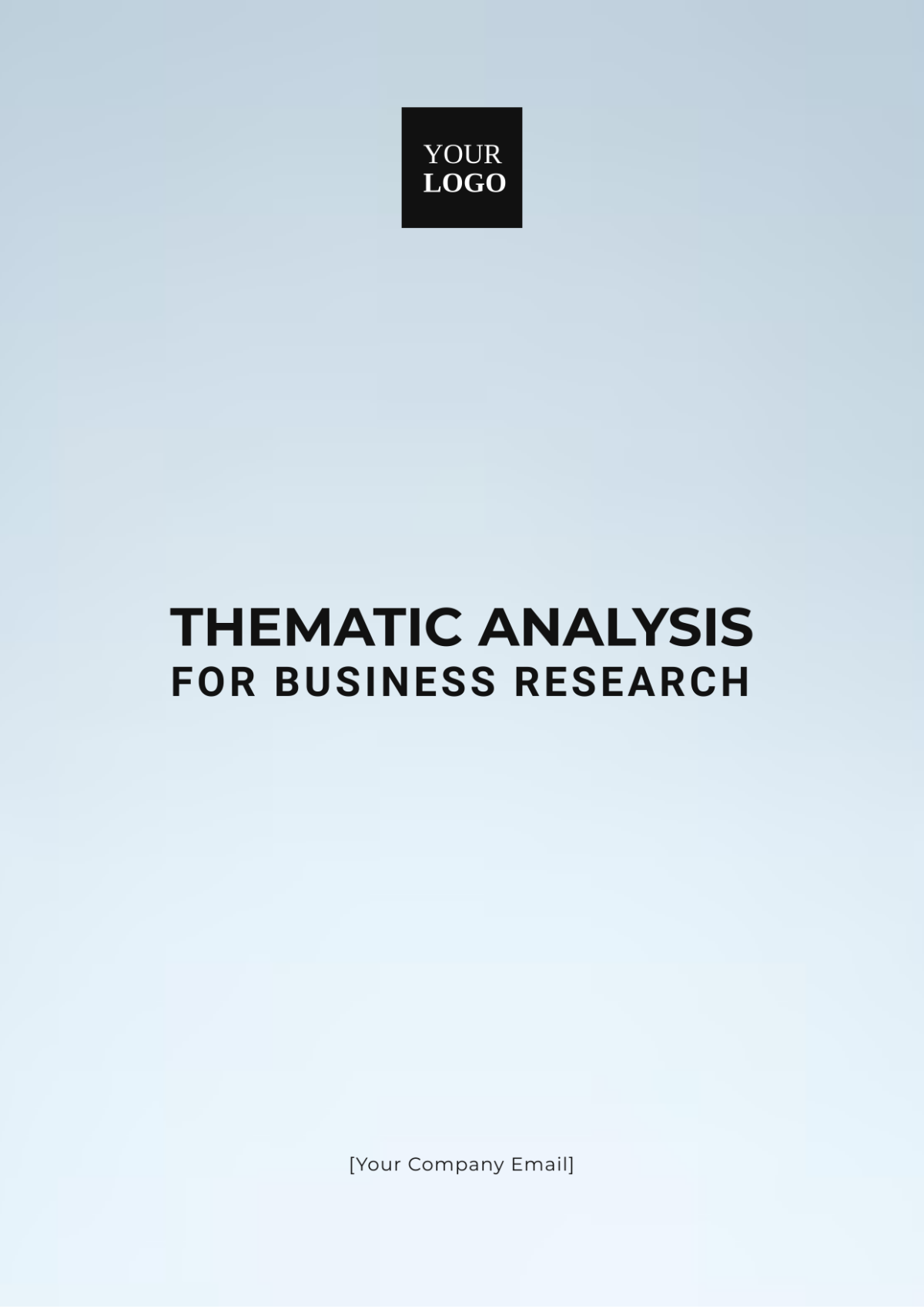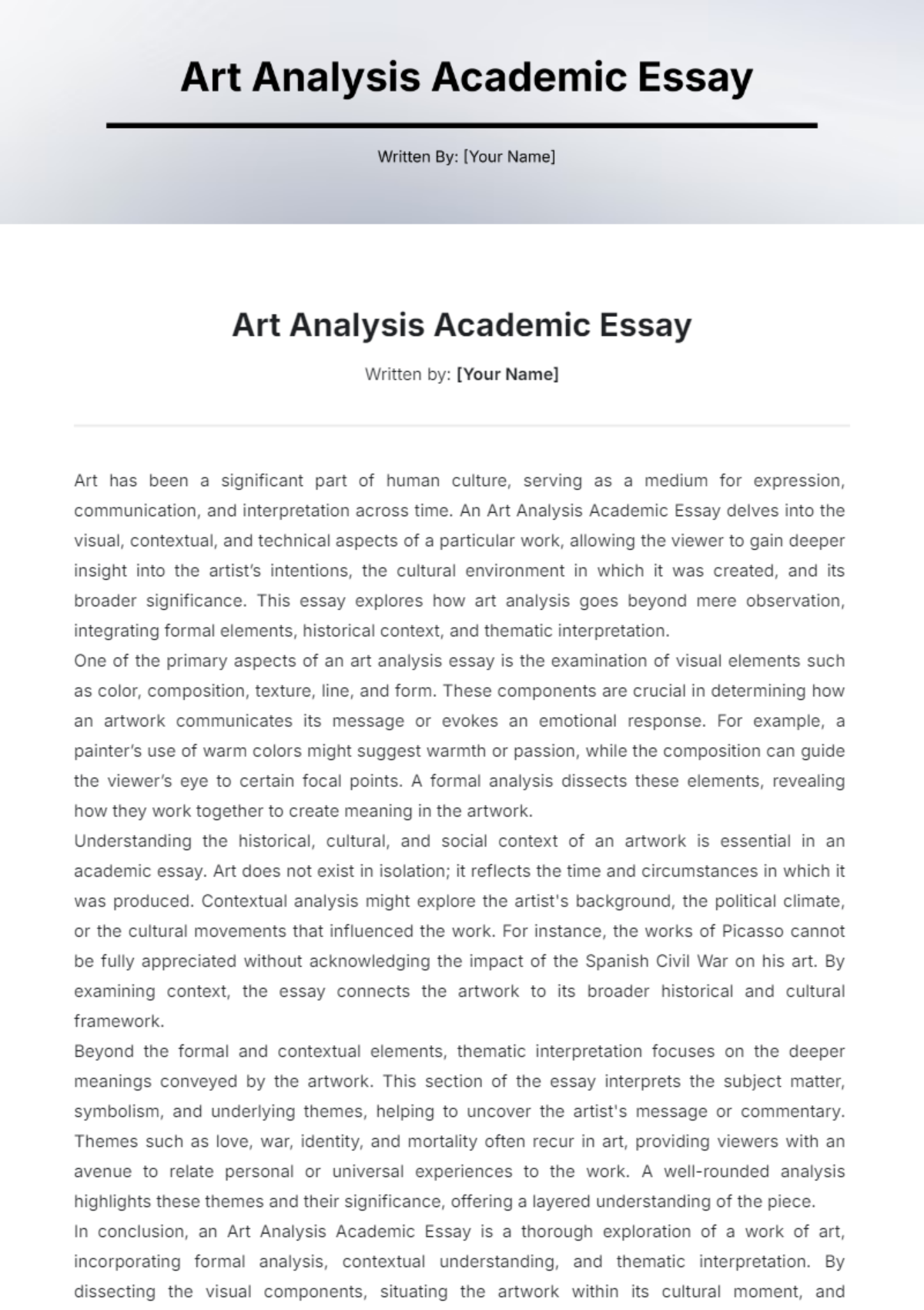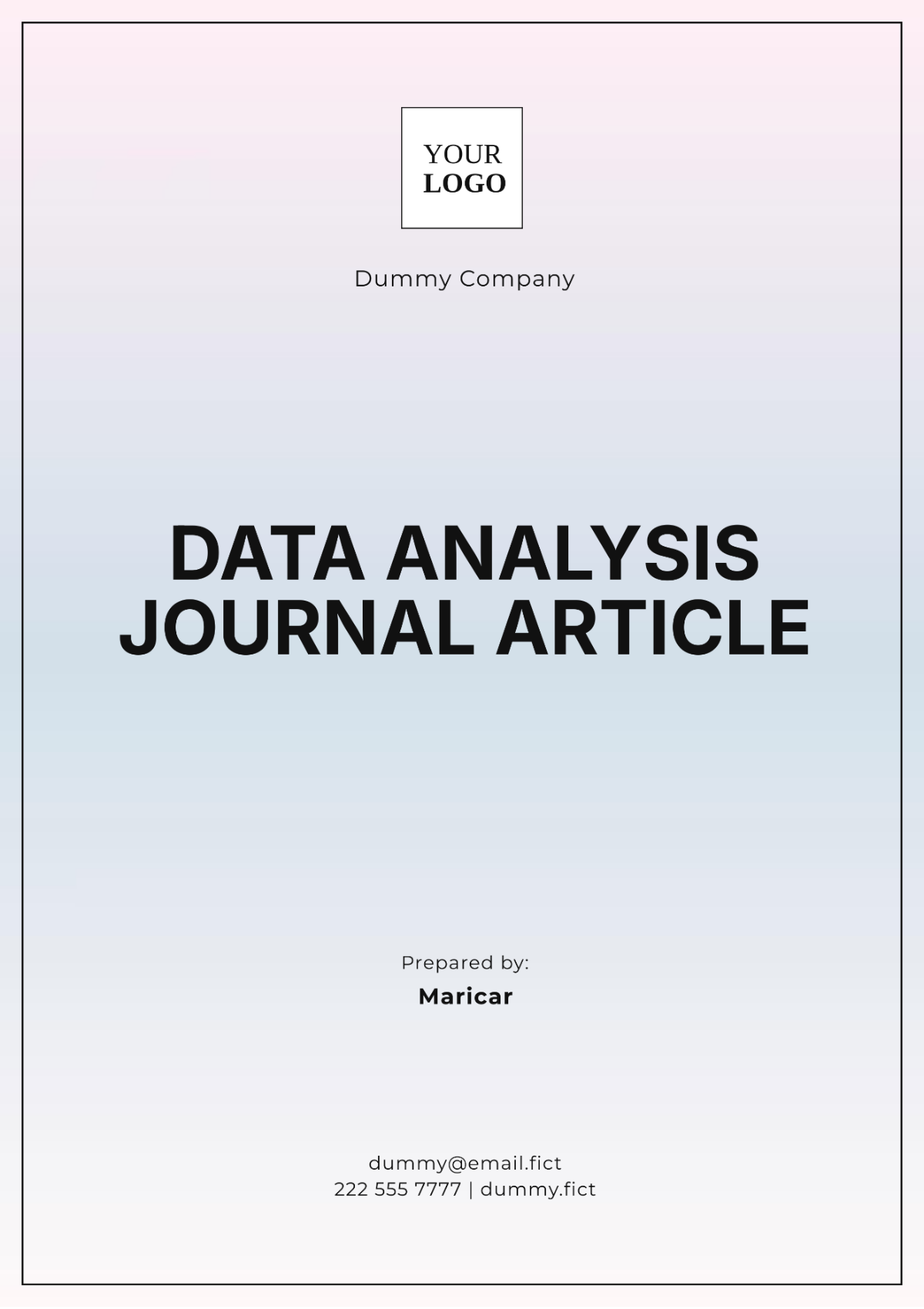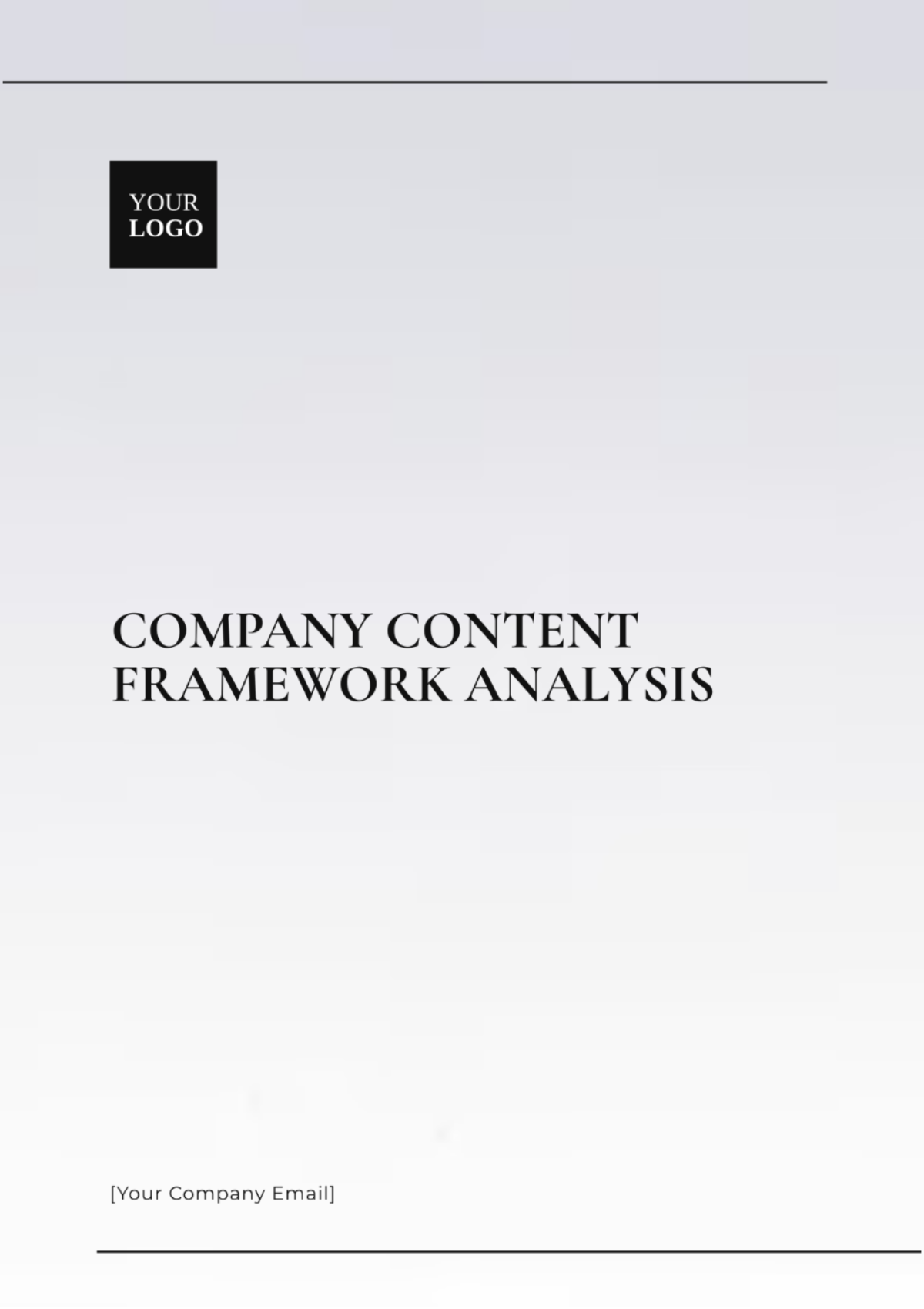Technical Analysis
Prepared By: | [YOUR NAME] |
Department: | [YOUR DEPARTMENT] |
I. Executive Summary
This report provides a detailed analysis of financial assets' price movements and trading volumes, using statistical techniques over historical data to forecast future market behaviors. The focus revolves around identifying trends, patterns, and market indicators to aid in strategic investment decisions.
II. Introduction
The financial market’s dynamism demands robust analysis to navigate its complexities. This document examines historical data and statistical models to predict future price actions and trading activities, focusing solely on technical factors.
III. Methodology
A. Data Collection
Data encompassing the past ten years of market prices and volumes was collected from several verified financial databases and market tools.
B. Analytical Techniques
Time Series Analysis
Statistical Regression Models
Pattern Recognition Methods
C. Tools Used
Python for data processing and model simulations
Advanced Excel for initial data analysis and visualization
R for statistical computing and graphics
IV. Analysis
A. Market Trends Analysis
Trends over the decade were plotted and analyzed, revealing certain cyclic patterns aligning with major economic events.
B. Volume Analysis
Trading volumes were correlated with price movements to determine liquidity shifts and trading activity peaks.
C. Pattern Detection
Using machine learning models, recurrent patterns were identified, classified, and tested for historical profitability.
V. Results and Interpretations
Short-term fluctuations are heavily influenced by market sentiment and news, unlike long-term trends which correlate with economic fundamentals.
Trading volume peaks often precede major price shifts, making them a vital indicator for potential buy or sell decisions.
Identified patterns yielded an average predictability score of 68%, confirming their relevance in forecasting.
VI. Recommendations
Invest in developing more sophisticated predictive models to better capture the market's complexity.
Diversify investment approaches to mitigate risks associated with pattern failures or unexpected market shifts.
Enhance data collection methods to include real-time analysis for making timely investment decisions.
VII. Conclusion
The analysis reaffirms the efficacy of statistical and technical methodologies in understanding and predicting financial market movements. Continuous improvement in analytical tools and techniques is recommended for sustaining competitive advantage.
VIII. Appendices and References
Detailed charts, graphs, and model outputs are provided in the appendices. References include all data sources, academic journals, and financial analysis tools referenced throughout this study.




